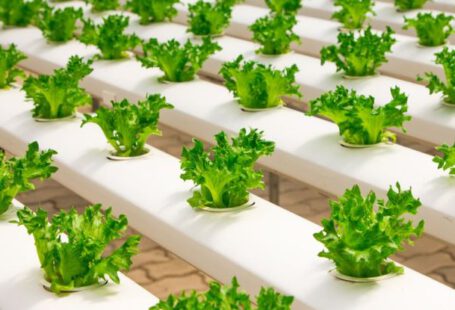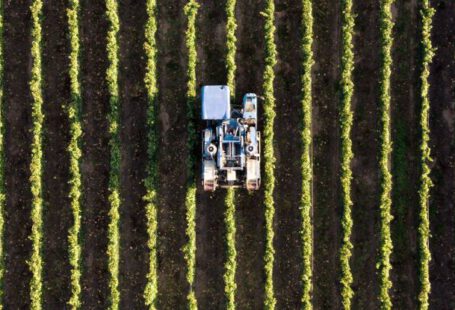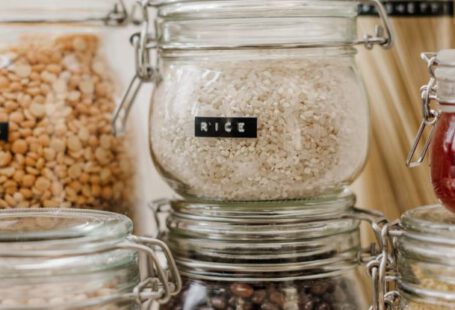Plastic pollution is a significant environmental issue that has garnered increasing attention in recent years. With the rise of consumer awareness about the impact of plastic waste on the planet, many people are making an effort to recycle more. However, one common challenge that individuals face is knowing how to correctly sort plastics for recycling. Proper sorting is crucial for the recycling process to be effective, as different types of plastics require different treatment methods. In this article, we will explore some tips on how you can correctly sort plastics for recycling.
Understanding Plastic Resin Codes
One of the key things to pay attention to when sorting plastics for recycling is the resin codes. These codes, typically found on the bottom of plastic containers, indicate the type of plastic used in the product. The most common resin codes include PET (polyethylene terephthalate), HDPE (high-density polyethylene), PVC (polyvinyl chloride), LDPE (low-density polyethylene), PP (polypropylene), PS (polystyrene), and others. Familiarizing yourself with these codes will help you identify the type of plastic and determine if it is recyclable in your area.
Separate Plastics by Type
Once you have identified the resin codes on your plastic items, the next step is to separate them by type. Different types of plastics have varying properties and recycling requirements, so it is essential to keep them separate. For example, mixing PET and PVC plastics can contaminate the recycling stream and make it more challenging to process the materials. By sorting plastics into distinct categories, you can ensure that they are recycled efficiently.
Clean and Dry Plastics Before Recycling
Before placing plastic items in the recycling bin, make sure to clean and dry them thoroughly. Residual food or liquid left in containers can contaminate the recycling process and reduce the quality of the recycled materials. Simply rinsing out containers with water and allowing them to air dry can help prevent contamination and ensure that the plastics are ready for recycling.
Remove Non-Recyclable Parts
Certain plastic items may contain non-recyclable components, such as metal fasteners or labels. Before recycling these items, make sure to remove any parts that cannot be recycled. This will help streamline the recycling process and prevent contamination of the materials. For example, remove metal caps from plastic bottles before recycling them to ensure that only the recyclable plastic is processed.
Check Your Local Recycling Guidelines
It is essential to familiarize yourself with the recycling guidelines in your area to ensure that you are sorting plastics correctly. Recycling programs vary by location, so what may be recyclable in one area may not be accepted in another. Check with your local waste management or recycling facility to understand which types of plastics are accepted for recycling and how they should be sorted. By following these guidelines, you can help support the recycling process and reduce the amount of plastic waste that ends up in landfills.
Conclusion: Make a Positive Impact Through Proper Plastic Sorting
By taking the time to correctly sort plastics for recycling, you can make a positive impact on the environment and contribute to reducing plastic pollution. Proper sorting ensures that plastic materials are processed efficiently and can be turned into new products, reducing the demand for virgin plastics. Remember to pay attention to resin codes, separate plastics by type, clean and dry items before recycling, remove non-recyclable parts, and follow local recycling guidelines. Together, we can work towards a more sustainable future by making conscious choices when it comes to plastic waste management.





